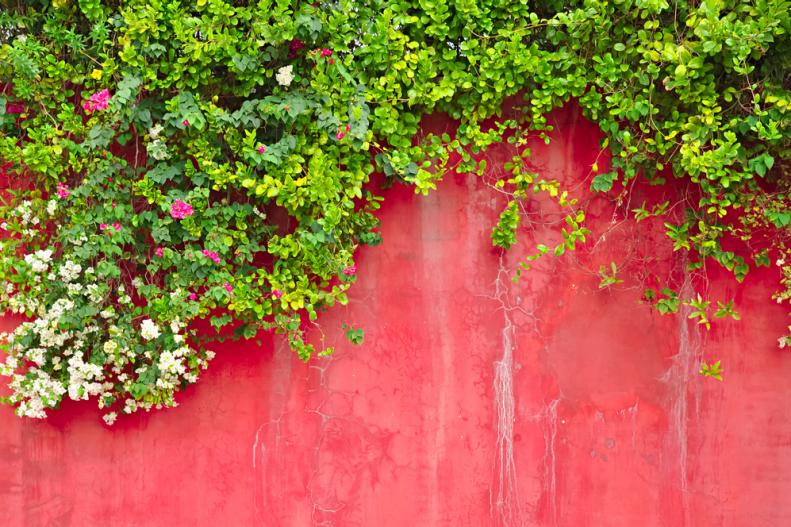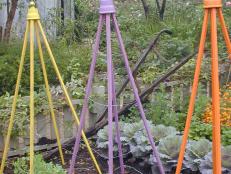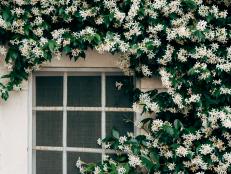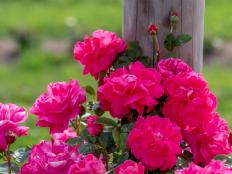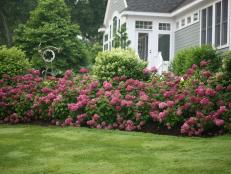Versatile Vines Can Provide Flowers, Fruit or Privacy as Trellis Plants
Hard-working vine plants do it all. Plants that climb over pergolas offer a shady place to sit when they leaf out. Morning glories, mandevillas and honeysuckles have beautiful blooms and make colorful plants for a trellis. Fast-growing vines can hide your neighbor's overgrown yard or make your own yard feel more private. Try vines for walls to cover up damaged spots. (Just be sure the vines you choose won't actually cause damage. Ask your county extension service agent for advice if you're not sure.)
Consider flowering vines for year-round color or easy-to-grow annual vines for vertical interest and height in your garden. It's easy to learn how to trellis your plants and flowers and give them plenty of support. Flowering plants will be easier to see, and vine plants like sugar snap peas and pole beans will be easier to reach. Check out our ideas for more plants that climb.






